The Laboratory Nylon Fibers Consist
A pubic hair standard should consist of approximately _____ hairs. 50 Laboratory examinations of hair consist primarily of a _______ of the evidence hair(s) to the known hair specimens.

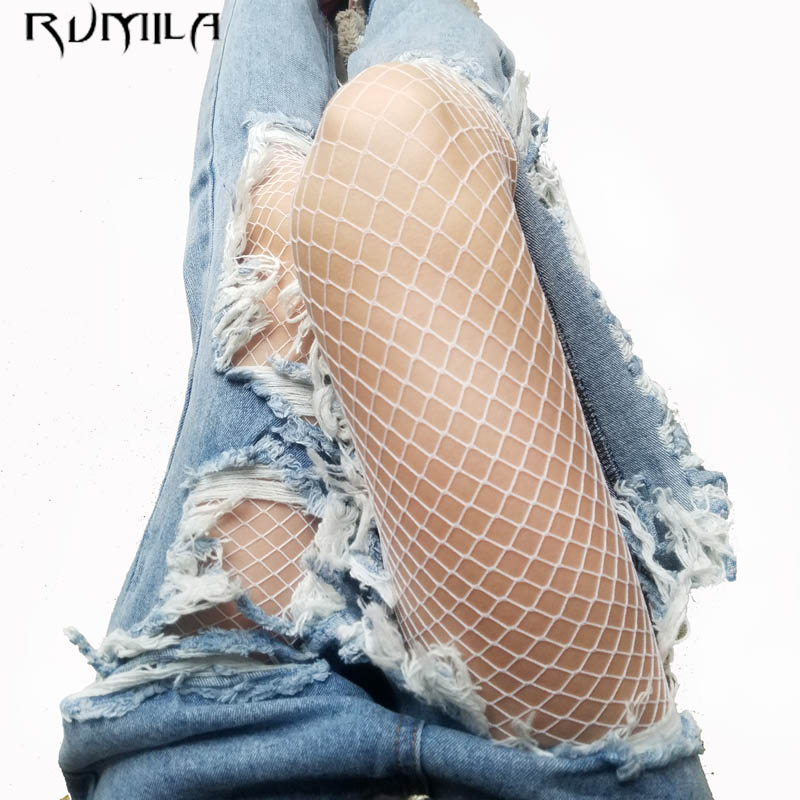
Nylon can be used as the matrix material in composite materials, with reinforcing fibers like glass or carbon fiber; such a composite has a higher density than pure nylon. Such thermoplastic composites (25% to 30% glass fiber) are frequently used in car components next to the engine, such as intake manifolds, where the good heat resistance of such materials makes them feasible competitors to …
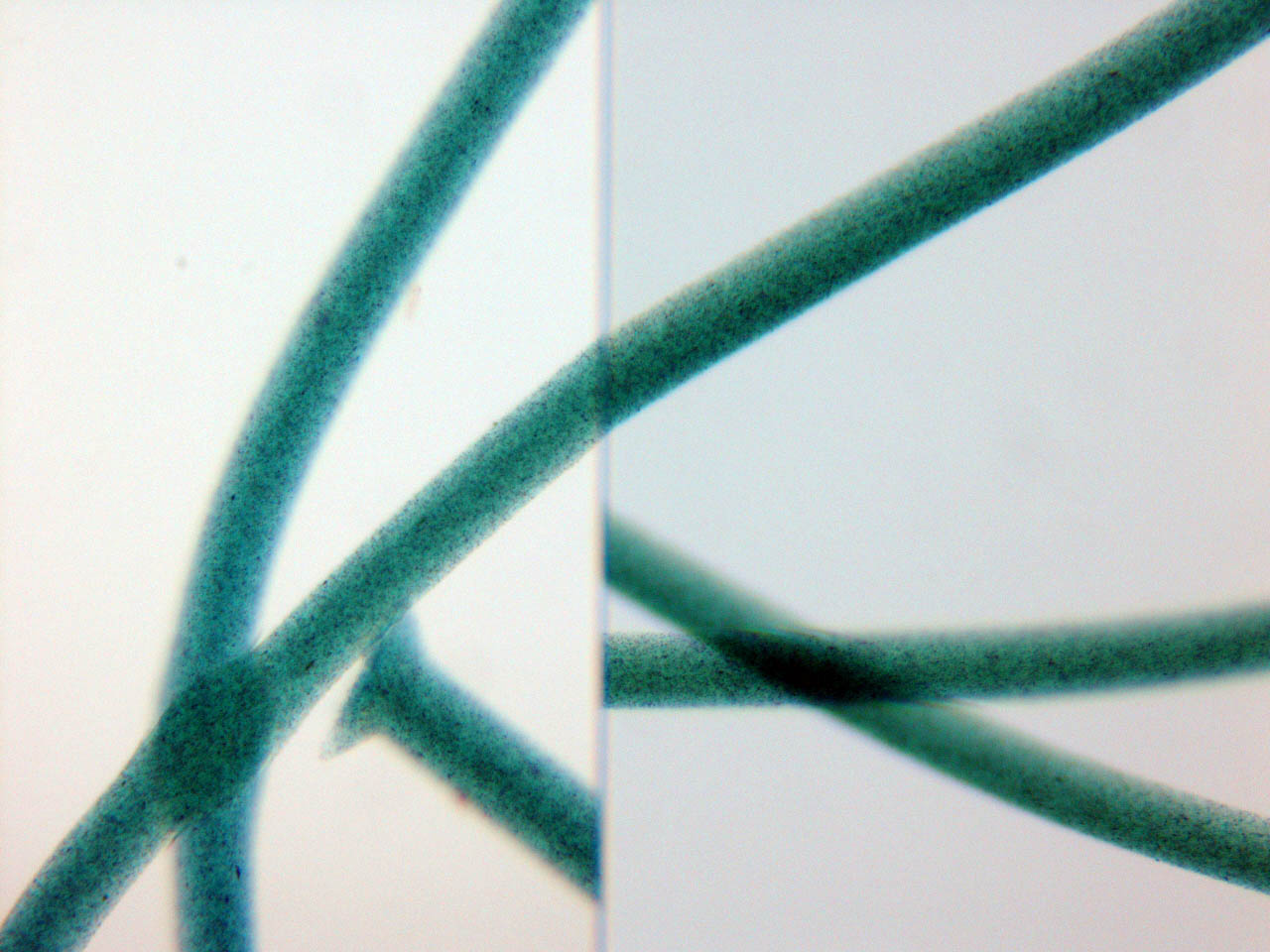

-Nylon was the first synthetic fiber, developed by Dupont during WWII to replace silk -Synthetic fibers have a relatively uniform diameter and smooth surface -Cross-sections are variable due to the shape of the holes in the extrusion die

Other kinds of nylon include nylon 6, nylon 6,12, and nylon 5,10. Two other "fantastic plastics" made by DuPont, Kevlar ® (a superstrong material used in bulletproof vests) and Nomex ® (a fireproof textile used in racing car suits and oven gloves), are also polyamides and they’re chemically related to nylon.
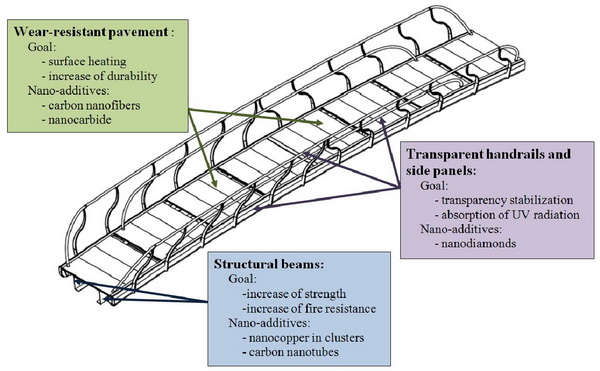
Nylon was the first synthetic fibre to be made. Nylon-66 and Nylon-6 are the two important synthetic fibres belonging to the polyamide group. The numerical suffixes specify the number of carbons donated by the monomers; the diamine first and the diacid second.
Nylon 66 Fiber Production Application Guide 1 1 1 3 4 2 5 Adipic Acid Hexamethylene Diamine Water 1. Ultipor® U2-20Z 2. Backwash FIlter ‘RK’ 3. Ultipor U2-20Z 4. Profile® II 10-20 µm 5.
Wallace Carothers and the Development of Nylon National Historic Chemical Landmark Dedicated October 26, 1995, at the DuPont nylon plant in Seaford, Delaware (now operated by Invista), and November 17, 2000, at the DuPont Experimental Station in Wilmington, Delaware.

If you’ve ever slept in a tent or used a toothbrush, you’ve used nylon fibers. But nylon can be more than just fibers. It’s also used for self-lubricating gears and bearings. Nylon-clay composites are used to make under-hood automobile parts. The two most important kinds of nylon are nylon 6,6 and nylon 6. These two nylons have almost identical properties. Both were invented in the late 1930s. Nylon 6,6 was …
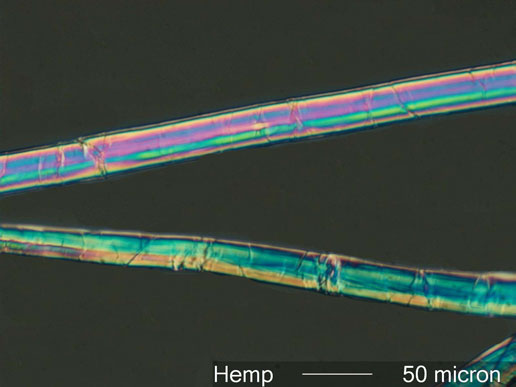
protein fibers and synthetic nylon fibers contain many cationic sites. Therefore, there is an attraction of anionic dye molecule to a cationic site on the fiber. The strength (fastness) of this bond is related to the tendency of the dye to remain dissolved in water over fixation to the fiber.
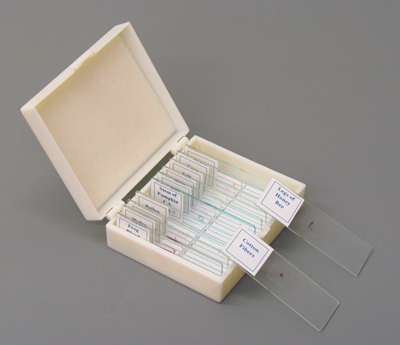

Manufactured fibers consist of synthetic threads which has to be produced using laboratory procedures. Examples of natural fibers are wool and linen which comes from sheep’s and plants. Examples of manufactured fibers are nylon and acrylic which comes from coal and oil.